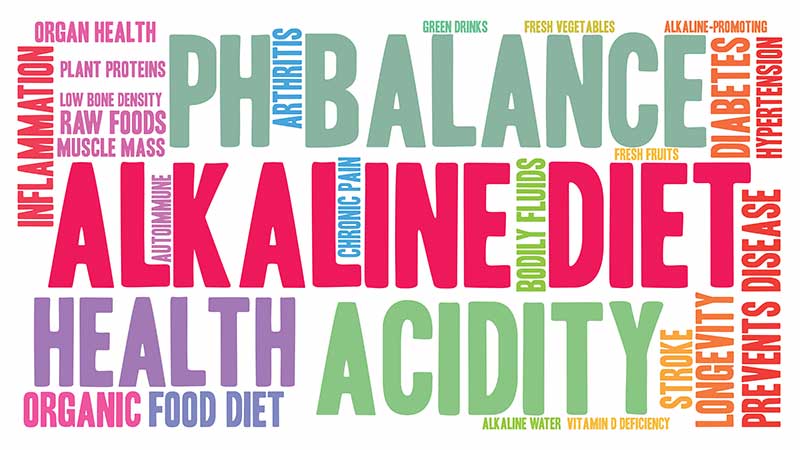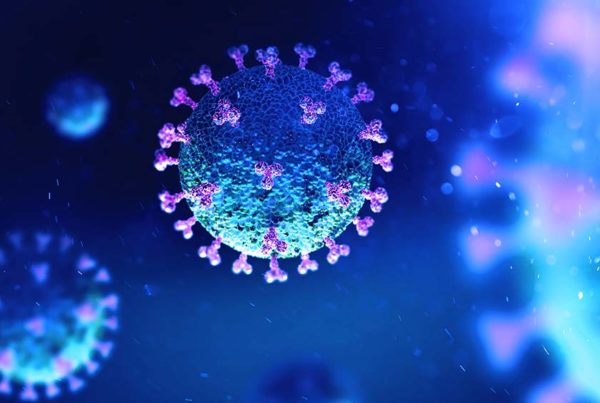
Balance your diet and eat more plant foods to avoid all of the hype.
A truly balanced diet does more than provide the macro- and micronutrients necessary for good health — it also helps maintain other important chemical balances within the body, including proper pH.
Maintaining proper acidic vs. alkaline environment in the body is important for good health, with a too-acidic system being a potential host for a variety of chronic diseases, especially cancer.
Much of the hype has been on blaming meat, dairy and other animal foods as “acid-forming.” Some people go so far as avoiding healthy animal foods thinking they will avoid an acidic body and be disease-proof. The supplement industry is also cashing in with products claiming to save us from dietary acidosis by making the body alkaline.
For almost all of human existence, the human diet has been slightly alkaline without the need for special supplements or going to dietary extremes.
With the agricultural revolution of the past 5,000-10,000 years came a dramatic rise in processed grain consumption, which significantly added more acid-producing foods to the diet, disturbing the balance. Today, most “Westernized” diets are full of highly processed grains, especially wheat, which contributes to an over-acid state. Grain foods also replaced many vegetables and fruits in the diet, which were primarily those needed to maintain our healthy alkaline state, and also led us to the current overfat pandemic.
Excessive animal protein intake only adds to this problem.
Most of the food in our diet produces either an acid or alkaline (base) state which affects the entire body via the gut and bloodstream. Foods that are most acid-producing include grains (both whole and processed), sugar, milk products, meat, fish, eggs and salt. Foods most alkaline-inducing include plant foods such as vegetables, fruits and nuts. Fats and legumes are neutral. If we eat either too much acid or too much alkaline food, we risk creating an imbalance. For most people, the risk comes from eating too much acid food. Typically this is from too many grains such as bread and cereal, but too much milk and meat also contribute.
When the body becomes too acid, many problems can arise. Because the kidneys must work hard to re-establish the acid-alkaline balance, they can become more stressed, especially if water intake is not sufficient (discussed below).
Eating too many acid-producing foods can result in a general bodywide imbalance — a state of chronic acidosis. This can cause bone and muscle problems, such as fractures, osteoporosis, muscle weakness and muscle wasting. With aging, this increases the risk of falls, fractures and disability, and also leads to the loss of independence, all of which contributes to increased mortality and reduced quality of life.
Many other problems may develop too, such as kidney disease, high blood pressure, poor mineral balance (with significant loss of magnesium), asthma, cardiovascular disease and other conditions.
The answer to the problem of acid-alkaline imbalance is not to create an opposite imbalance by over-consuming fruit, taking some high-alkaline product or eliminating all acid foods. For example, eliminating high-quality animal protein from the diet can actually worsen bone and muscle problems. Instead, establishing balance in the diet is the real key to an optimal acid-alkaline state.
This means eating sufficiently from both acid and alkaline food groups. For most people, this means eating more fresh vegetables and fruits — 10 servings of plant foods daily for adults, and proportional amounts for children based on body weight. It also means reducing or eliminating refined grain products. Almost all the so-called “whole grain” products are highly refined.
Among the nutrients needed by the kidneys to help regulate acid-alkaline balance is water. Each of us needs a certain amount of water each day for optimal health. The best way to assess your need is by thirst, and to observe urine color — it should be relatively clear or with a slight yellow tint. A medium or darker yellow color probably means insufficient water intake. The best recommendation is to drink enough water throughout the day to maintain healthy urine color. This amount varies with each person.








